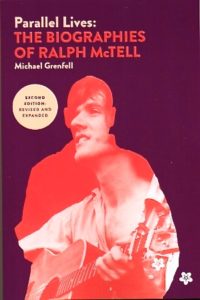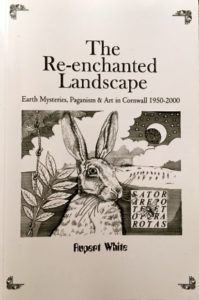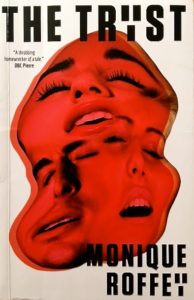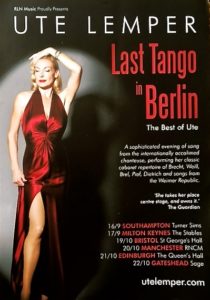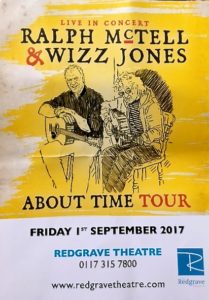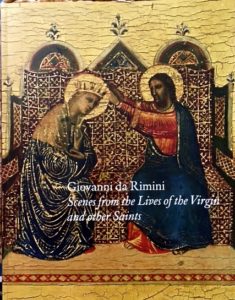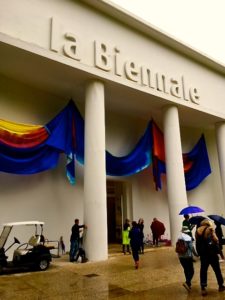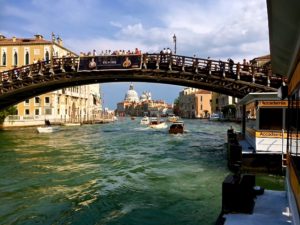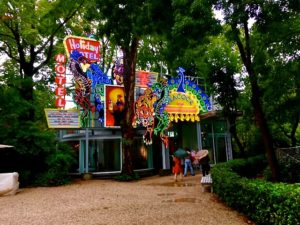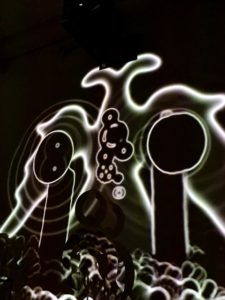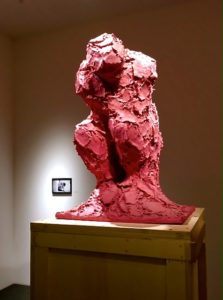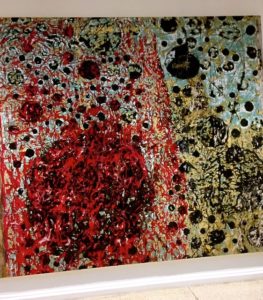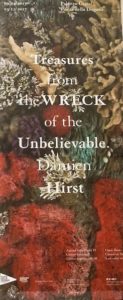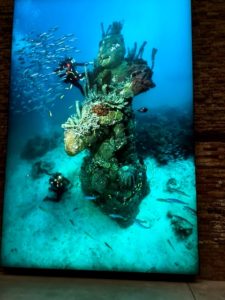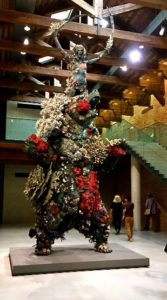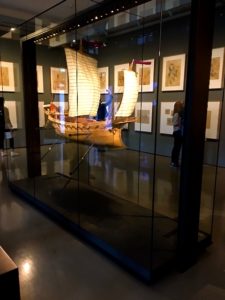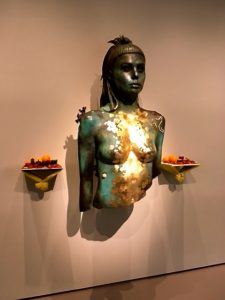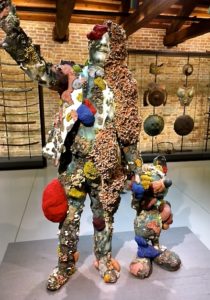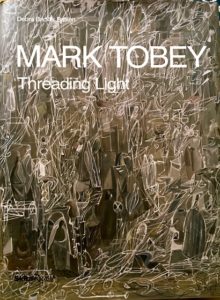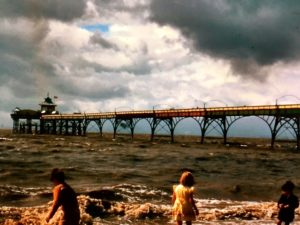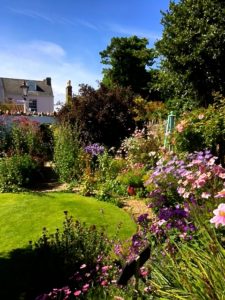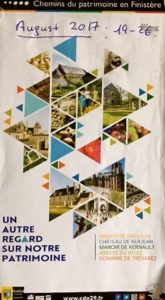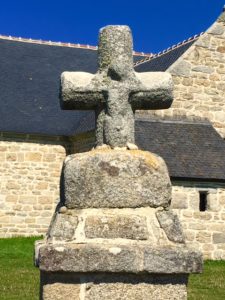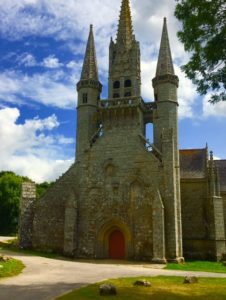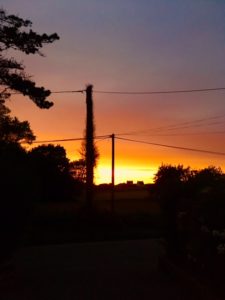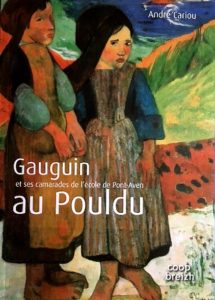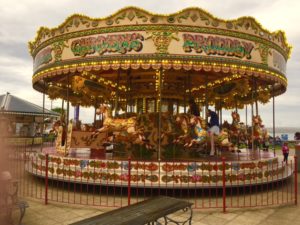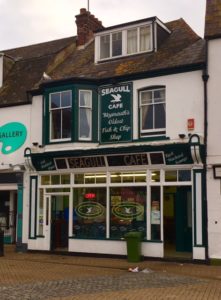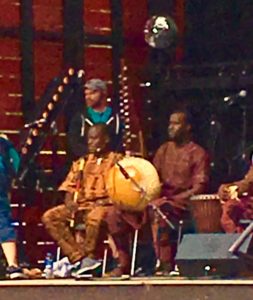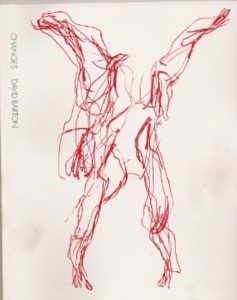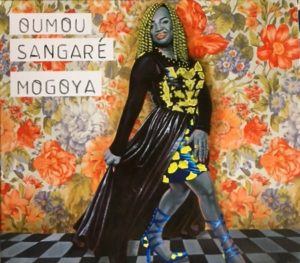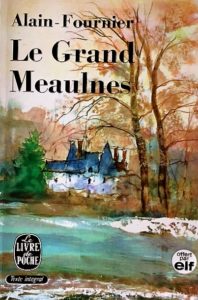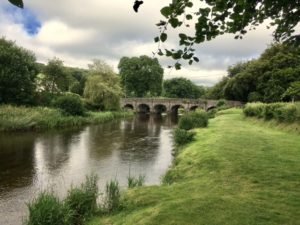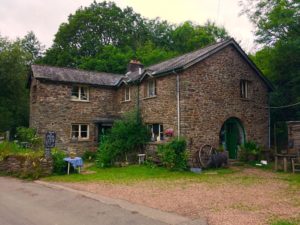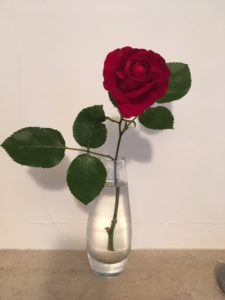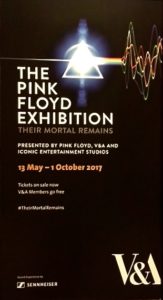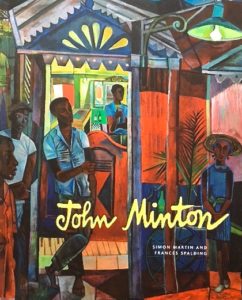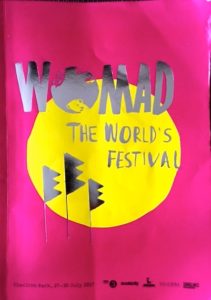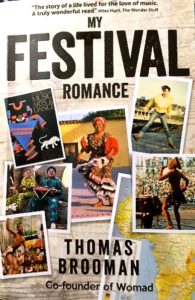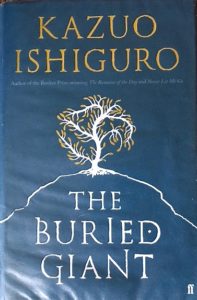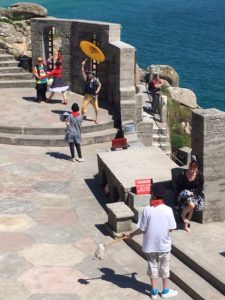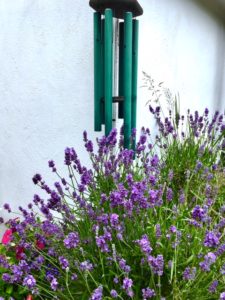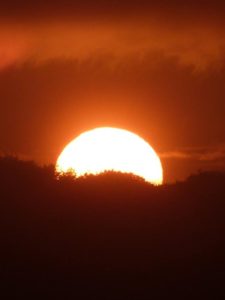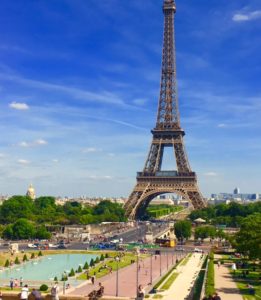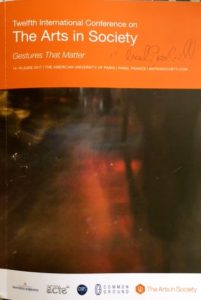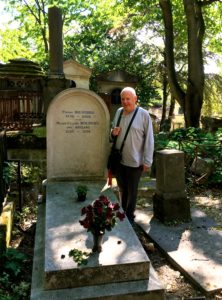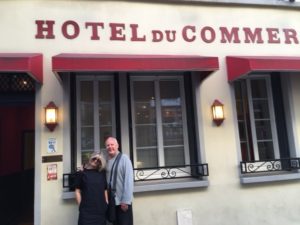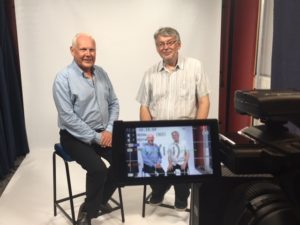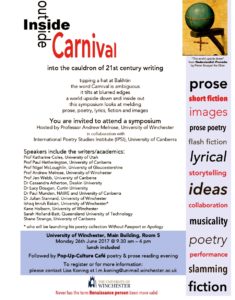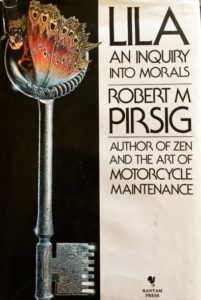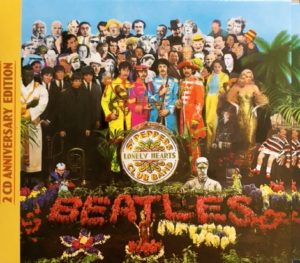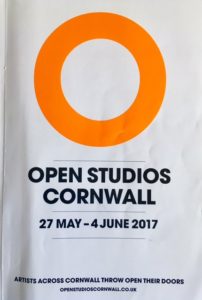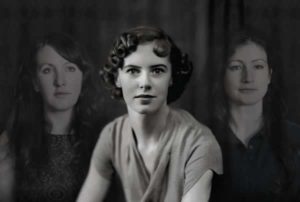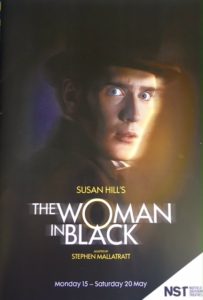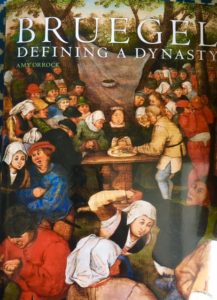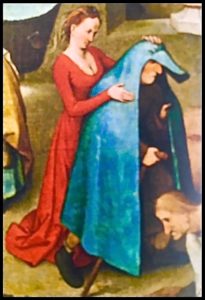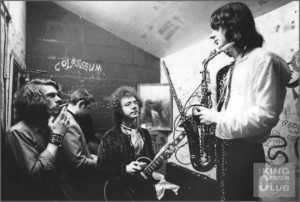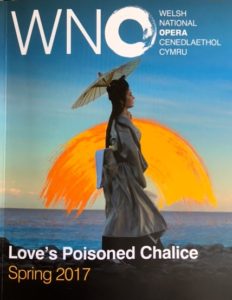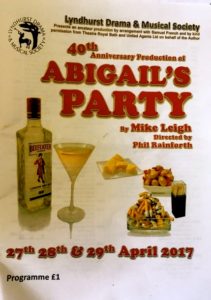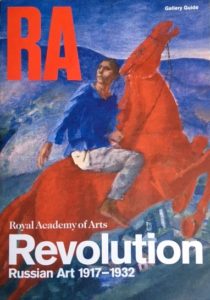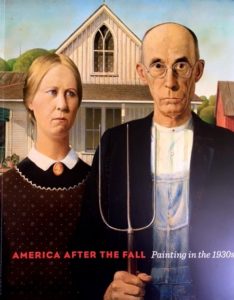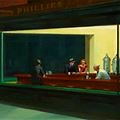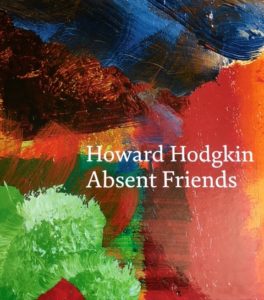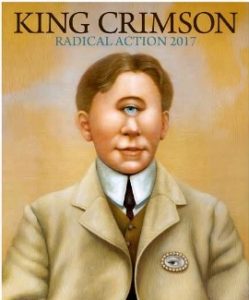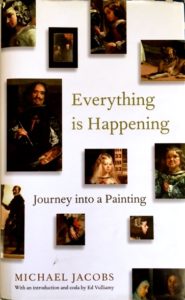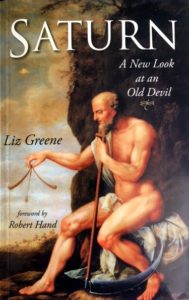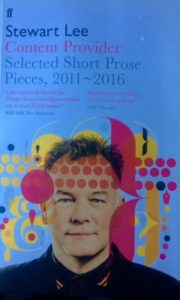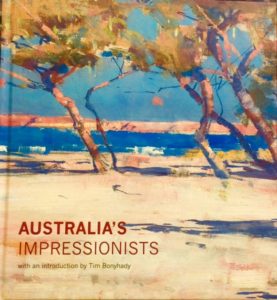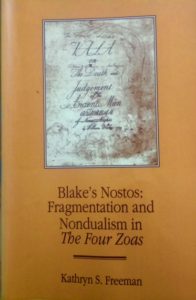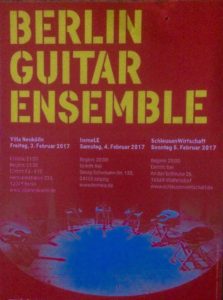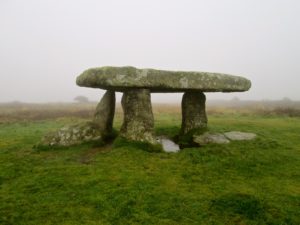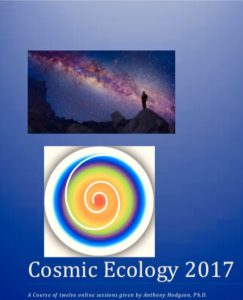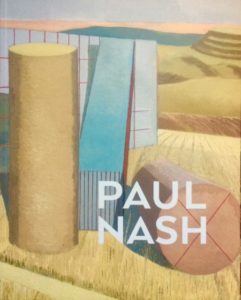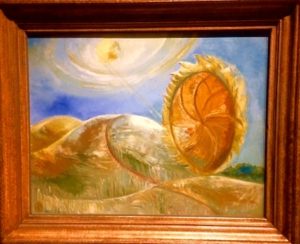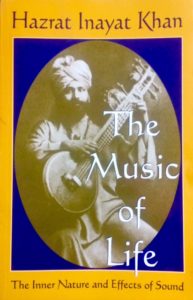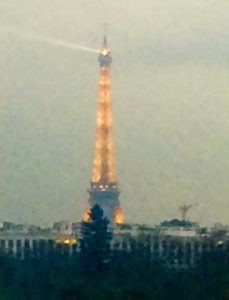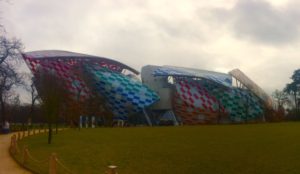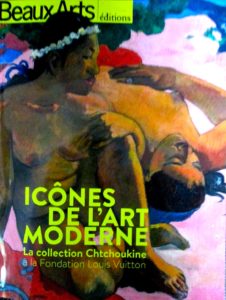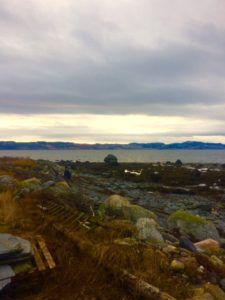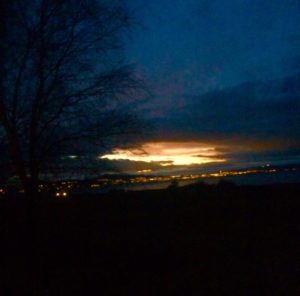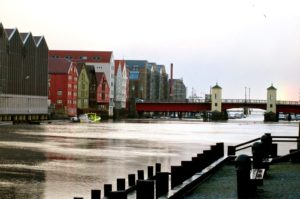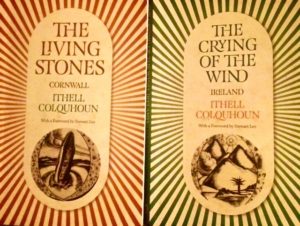October skipped along and the last vestiges of summer – leaves, apples, flowers – are now all but gone. Time for a trip far west and a few days in Penwith, Cornwall – they have at least 30 mins. more daylight down there!! On my way down, I visit the isolated Church at Templar – a site, which is indeed associated with the Knights Templar in antiquity. It is surrounded with their references, and the nearby countryside includes all manner of menhirs and iron-age hill forts. Bodmin Moor is one of the most wild parts of England, and it is nice to be there on sunny day with blue skies. I take time to sit in the silence of the place and then catch up with one of the custodians of the place.
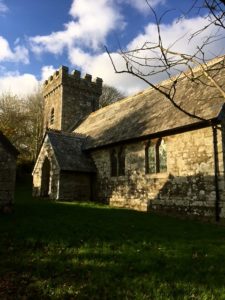
The weather is kind to me, and I later visit Mounts Bay with its enigmatic St. Michael’s Mount – a place, which has always fascinated me. This is a place that is also known for Starling murmurations: that inexplicable behaviour of these birds at dawn and dusk as literally thoughands of them swarm around – apparently as one. Certainly, their twists and turns and acrobatics are sometimes hypnotizing.
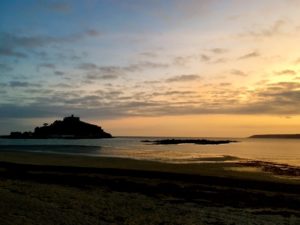
It is that time of year. I travel north to join in the seasonal celebrations. Whether one calls this Samhain, or Allantide, or Halloween, or All Saints there is a general agreement that somehow the veil between the material and immaterial world is very thin at this point of the year. Certainly, the darkness grows: there is then a celebration of both embracing the darkness whilst staying in touch with the energy of light. Much music playing as well. Further food celebrations including fruits of the harvest.
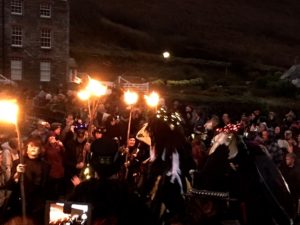
Plenty going on culture wise. I visit Bath Studios for their anniversary exhibition: a marvelous range of visual creativity and an opportunity to speak directly with the various artists.
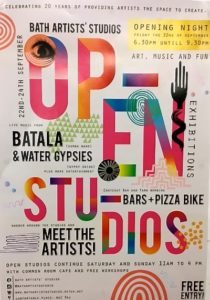
I then travel down to Exeter to see an early performance in the tour of my friend Ralph McTell. A extremely good set, enhanced even more with Ralph and his team inviting new/ young players to open the evening for him. Afterwards, I work the queue for the merchandise table, and am happy to sign several copies of my biography of Ralph – 2nd Edition.
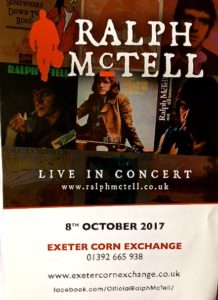
Further me writing: a new academic book (posted here in the academic section of this blog) and the final part of my Extended Essay on King Crimson I (1969) is posted on the DGM page.
https://www.dgmlive.com/news/Part-3-of-An-Extended-Essay-in-Three-Parts-by-Michael-Grenfell
More music, I go to Brighton to see the soul/ gospel singer Emeli Sande. An amazing show – 12 piece band and stunning lighting – that manages to be both spectacular and intimate: at one point she comes down to the audience and sings with just her and the piano. Thrilling stuff.

By a twist of fate, I end up speaking with Terence Stamp in London. Terence was one of the ‘beautiful’ people from the 1960s, and it is even thought that he is the reference of ‘Terry and Julie’ from the ‘Waterloo Sunset’ song by the Kinks – Julie being Julie Christie, with whom he acted in the film Far from the Madding Crowd. He has had an interesting life to say the least, coming from the East End of London, combining being one of the fashionable set with both artistic credibility (he appeared in films directed by Fellini and Pasolini) and undertaking somewhat of a spiritual journey (he was close to Krishnamurti and spent several years in India – before leaving to play a villain in the Superman film). Some of this has been included in a recent memoir, which is really a briefer version of his series of biographies. Anyway, he understand immediately what I am talking about, and is there before me. He shakes my hand and looks me in the eye.
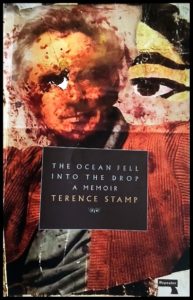
Afterward, I mull on the way structures in one’s life link up: his girlfriend was Jean Shrimpton who was a super model in the 1960s, but then went on to own and run the Abbey Hotel in Penzance. I ended up having lunch with her and the artist John Miller once without knowing who they were. Miller’s paintings, of course, adorn the sleeves of Robert Fripp’s soundscape CDs. Both Miller and Fripp were also at Sherborne, the locale of the courses given by J G Bennett in the 1970s. Bennett was a student of Gurdjieff – Stamp acted in a film version of the latter’s Meetings with Remarkable Men. With my own associations with Penzance, Miller, Bennett, and Fripp, one might call this elective affinities, or more precisely, ‘you cannot avoid your circle’. Anyway, there was certainly a resonance at this particular meeting.
More music, and I go to see the Malian singer Habib Koite – a tremendous evening of African sounds.
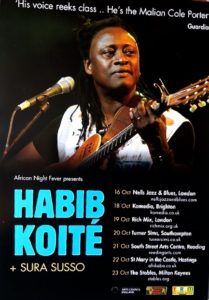
As for book and CDs of the month, various things on the go. However, I have been absorbed by an account of Passchendaele – the 3rd battle of Ypres in the First World War – whose 100th anniversary falls this year. No comment: it speaks for itself:
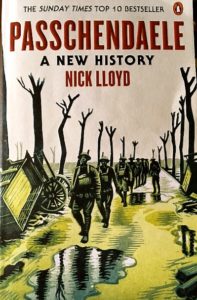
Two CDs, at two extremes of the spectrum:
Robert Plant – West Coast Blues tinged with African textures – very exciting:

Then, a fairly obscure Russian composer, whose recordings I am currently working my way through.
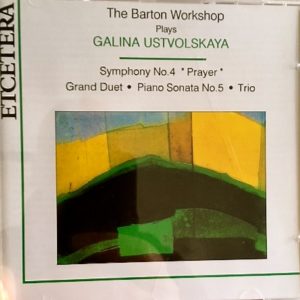
Now off to South America for circa. 5 weeks. I always aim to get these News reports out in the first week of the month. However, I may be a little later next month as I do not return until after this date. And then Christmas….
